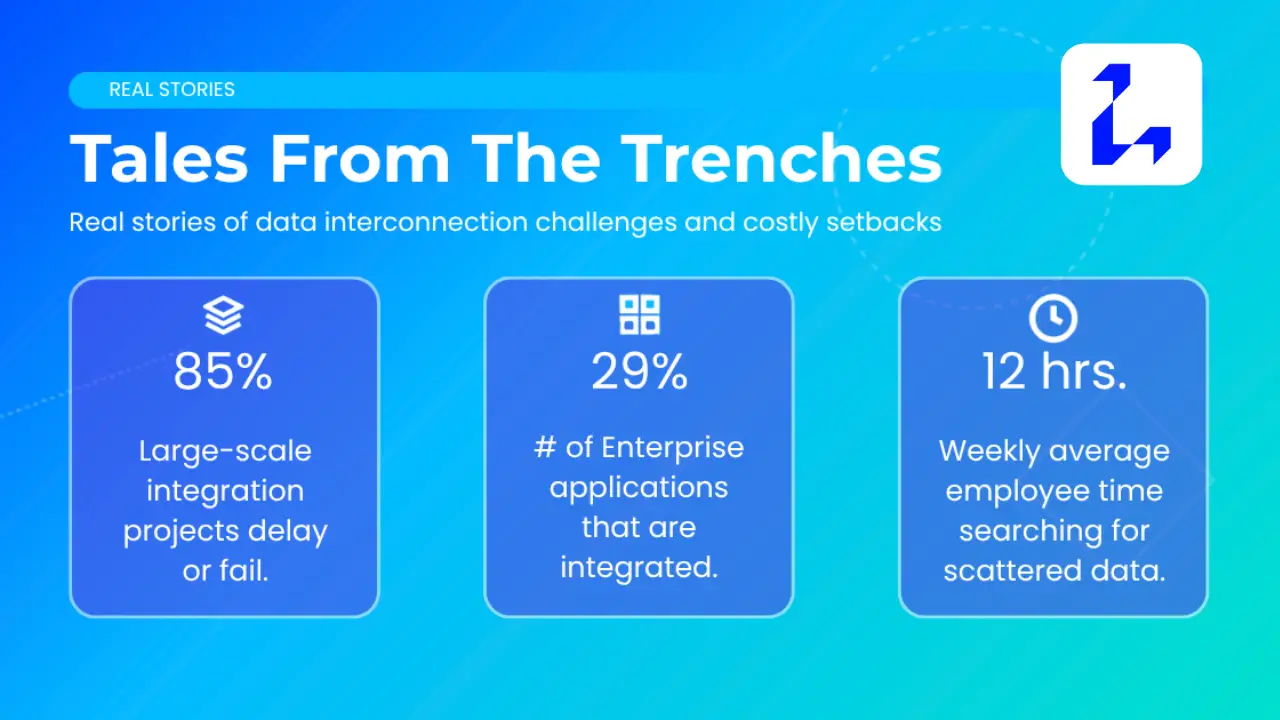Summary
Even the best strategies break down if the data behind them is unreliable. Data quality mistakes cost a typical business $12.9 million to $15 million a year and put digital transformation at risk.
The Most Common Mistakes
1. Inaccurate Data
Simple errors in entry, misspelling, or outdated values often go unchecked. This covers everything from wrong ZIP codes in customer addresses to misspelled names or typographical errors in product inventories. Inaccurate data undermines analytics and leads decision-makers in the wrong direction.
2. Incomplete Data
Missing data fields—from customer contact info to transaction details—reduce the value of analytics and force teams to make decisions without the full picture. Operational bottlenecks and confusion can arise, especially during times of churn or compliance audits.
3. Duplicate Data
Multiple copies of data—say, one customer showing up in several systems—skew metrics, waste storage, and complicate marketing campaigns. Duplicate entries can translate into double-counting, overlapping communications, and missed opportunities.
4. Inconsistent Data Formats
Dates, names, and categories recorded differently across systems create friction when merging datasets. Operations may stall because a sales report and a finance report log months with different coding schemes or data types.
5. Data Siloes and Lack of Collaboration
Departments keep their own data in separate “islands,” which blocks end-to-end analysis and can result in missed revenue or overlooked risk.
Why These Mistakes Happen
- Rapid Expansion: Quick growth pushes companies to adopt tools and process data from many sources, often without proper planning and standards.
- Manual Processes: Human data entry and ad-hoc pipelines increase the chance for error.
- Lack of Governance: Without assigned ownership and regular audits, errors persist and multiply over time.
- Technical Limitations: Inadequate integration between systems or a lack of automation technology leaves errors undetected.
- Low Data Literacy: Staff may not understand the business impact of quality problems—even when they spot them.
How to Fix the Problems
1. Data Validation and Cleaning
Automate rule-based checks for entry errors, missing values, and logic problems. Regularly cleanse datasets and remove duplicates. Employ data quality software that flags issues as they happen.
2. Standardization and Consistency
Define organizational rules for formats, coding, and naming conventions. A centralized data dictionary and catalog helps everyone play by the same rules.
3. Governance and Ownership
Assign clear data owners and stewards for each critical dataset. Regularly audit and update policies to address new challenges and tech.
4. Automation
Use integrated tools for deduplication, anomaly detection, and metadata management. Automation cuts out manual errors and speeds up root cause analysis.
5. Build a Quality Culture
Train staff at every level to spot, fix, and prevent errors. Encourage a mindset that data quality isn’t just IT’s job—it’s everyone’s responsibility.
Closing: Challenge for CIOs
Data quality isn’t just a technical project. CIOs need to make it a cultural priority and a strategic focus. According to Gartner, 64% of organizations now rank data quality as their number one data integrity challenge, and 67% say they do not fully trust their data for decision-making. The businesses willing to address these issues directly will be the ones who unlock the most value from their data in 2025 and beyond.






